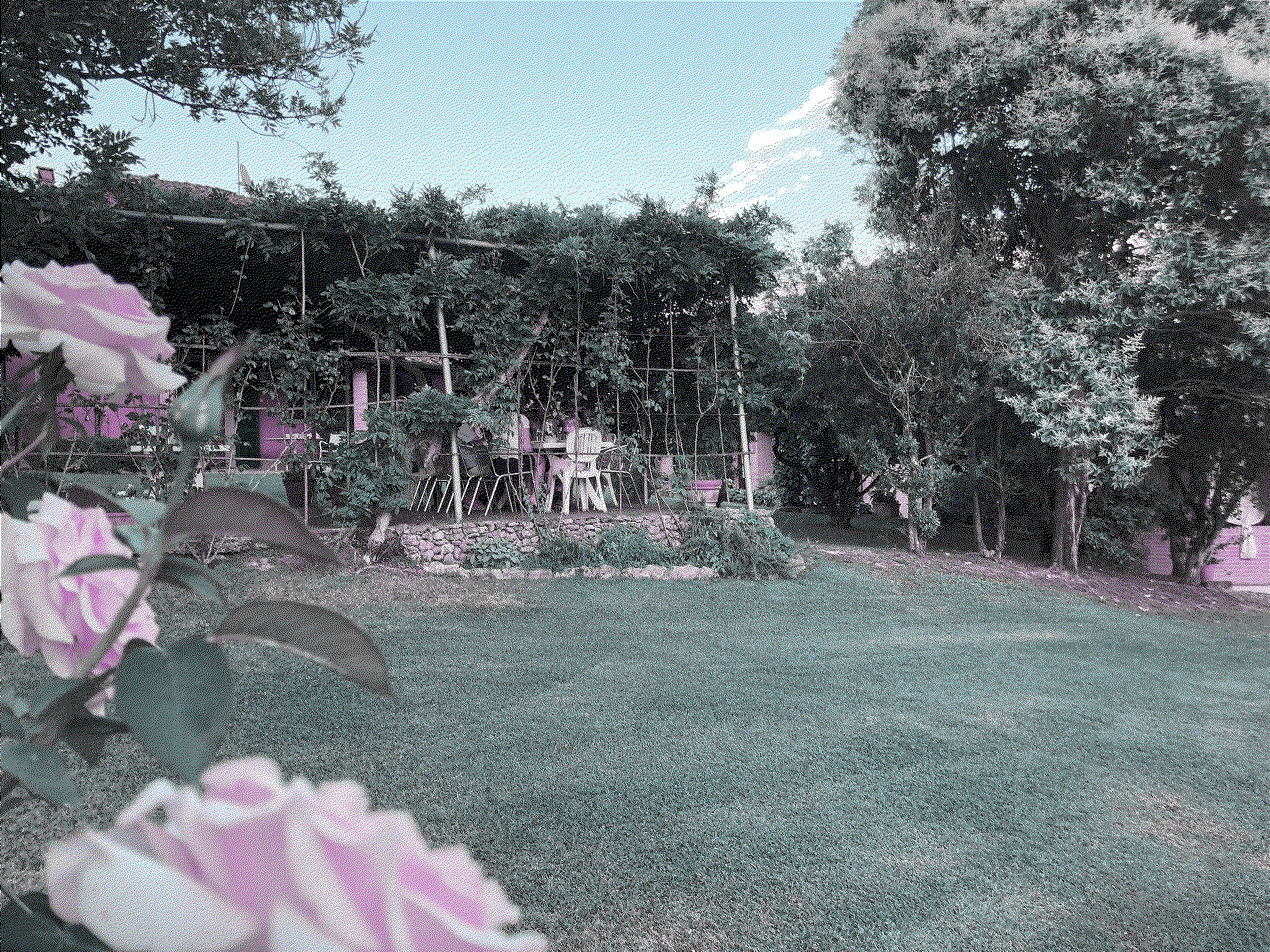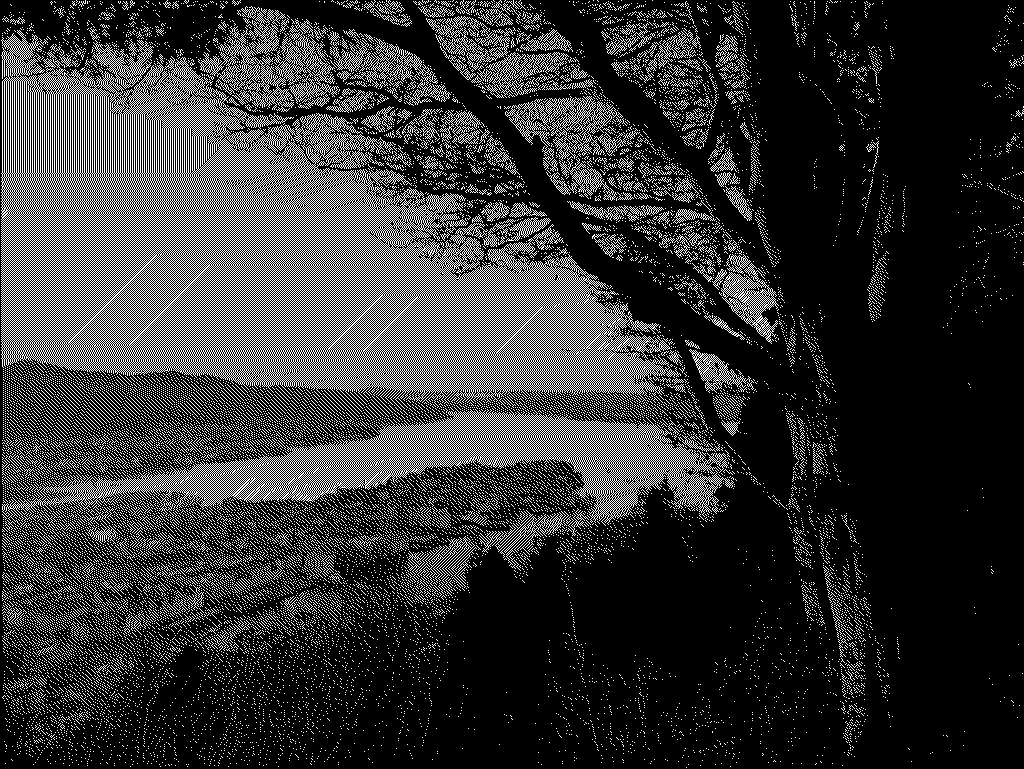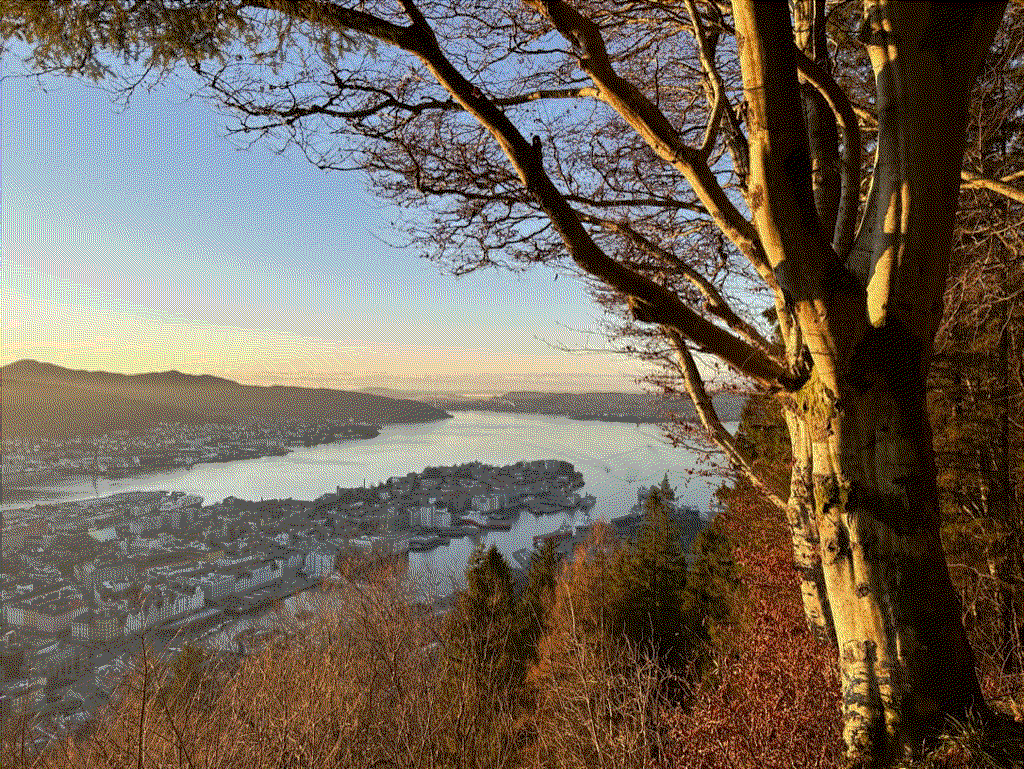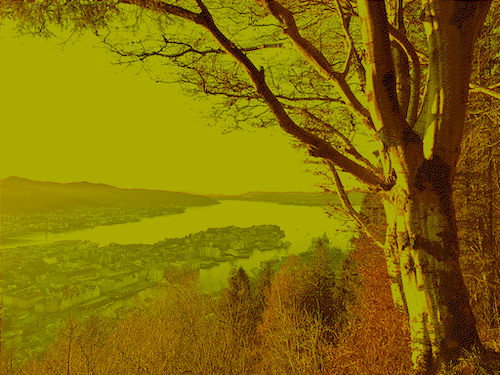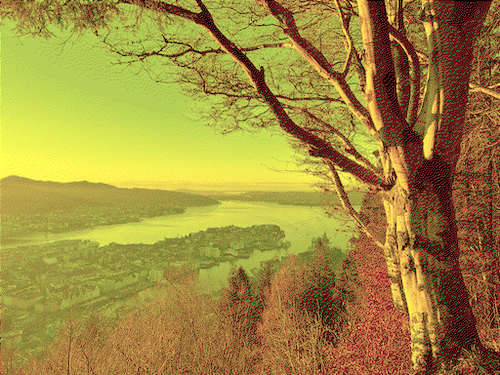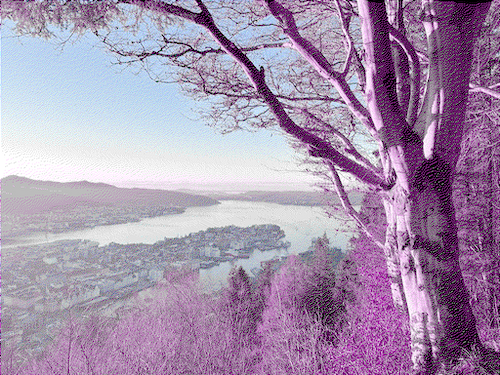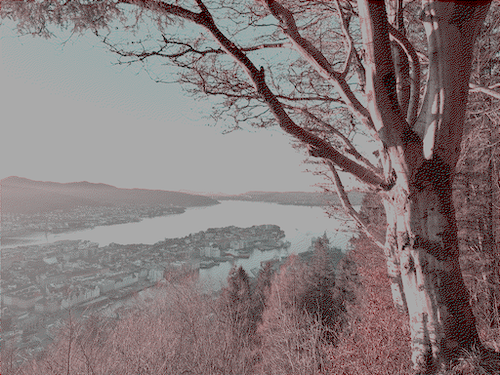Framework for iOS and Mac Catalyst to dither images.
Dithering is the process of adding noise to an image in order for us to perceive the image more colorful.
This image has only four colors: black, white, cyan, and magenta.
Check out the demo application for iOS and macOS.
The engine works on CGImages.
Supported dithering methods are:
- Threshold
- Floyd Steinberg
- Bayer (Ordered dithering)
Supported out of the box palettes are:
- Black & White
- Grayscale
- Quantized Color (can set number of bits for each color)
- CGA (with different modes)
Example usage:
// Create an instance of DitheringEngine
let ditheringEngine = DitheringEngine()
// Set input image
try ditheringEngine.set(image: inputCGImage)
// Dither to quantized color with 5 bits using Floyd-Steinberg.
let cgImage = try ditheringEngine.dither(
usingMethod: .floydSteinberg,
andPalette: .quantizedColor,
withDitherMethodSettings: FloydSteinbergSettingsConfiguration(direction: .leftToRight),
withPaletteSettings: QuantizedColorSettingsConfiguration(bits: 5)
)Here is an overview over the available dithering methods.
Threshold gives the nearest match of the color in the image to the color in the palette without adding any noise or improvements.
Token: .threshold
Settings: EmptyPaletteSettingsConfiguration
Example:
let ditheringEngine = DitheringEngine()
try ditheringEngine.set(image: inputCGImage)
let cgImage = try ditheringEngine.dither(
usingMethod: .threshold,
andPalette: .cga,
withDitherMethodSettings: EmptyPaletteSettingsConfiguration(),
withPaletteSettings: CGASettingsConfiguration(mode: .palette0High)
)Floyd-Steinberg dithering spreads the error from reducing the color of a pixel to the neighbouring pixels—yielding an image looking close to the original in areas of fine detail (e.g. grass and trees) and with interesting artifacts in areas of little detail (e.g. the sky).
Token: .floydSteinberg
Settings: FloydSteinbergSettingsConfiguration
FloydSteinbergDitheringDirection:
.leftToRight.rightToLeft.topToBottom.bottomToTop
Example:
let ditheringEngine = DitheringEngine()
try ditheringEngine.set(image: inputCGImage)
let cgImage = try ditheringEngine.dither(
usingMethod: .floydSteinberg,
andPalette: .cga,
withDitherMethodSettings: FloydSteinbergSettingsConfiguration(direction: .leftToRight),
withPaletteSettings: CGASettingsConfiguration(mode: .textMode)
)Bayer dithering is a type of ordered dithering which adds a precalculated threshold to every pixel, baking in a special pattern.
Token: .bayer
Settings: EmptyPaletteSettingsConfiguration
Example:
let ditheringEngine = DitheringEngine()
try ditheringEngine.set(image: inputCGImage)
let cgImage = try ditheringEngine.dither(
usingMethod: .bayer,
andPalette: .cga,
withDitherMethodSettings: EmptyPaletteSettingsConfiguration(),
withPaletteSettings: CGASettingsConfiguration(mode: .mode5High)
)Here is an overview of the built-in palettes:
A palette with the two colors: black, and white.
Token: .bw
Settings: EmptyPaletteSettingsConfiguration
Example:
let ditheringEngine = DitheringEngine()
try ditheringEngine.set(image: inputCGImage)
let cgImage = try ditheringEngine.dither(
usingMethod: .floydSteinberg,
andPalette: .bw,
withDitherMethodSettings: EmptyPaletteSettingsConfiguration(),
withPaletteSettings: EmptyPaletteSettingsConfiguration()
)A palette with all shades of gray.
Token: .grayscale
Settings: EmptyPaletteSettingsConfiguration
Example:
let ditheringEngine = DitheringEngine()
try ditheringEngine.set(image: inputCGImage)
let cgImage = try ditheringEngine.dither(
usingMethod: .floydSteinberg,
andPalette: .grayscale,
withDitherMethodSettings: EmptyPaletteSettingsConfiguration(),
withPaletteSettings: EmptyPaletteSettingsConfiguration()
)A palette with quantized bits for the color channel. Specify the number of bits to use for color—from 0 to 8. The number of colors is given by 2^n where n is the number of bits.
Token: .quantizedColor
Settings: QuantizedColorSettingsConfiguration
| Name | Type | Default | Description |
|---|---|---|---|
| bits | Int | 0 | Specifies the number of bits to quantize to. The number of bits can be between 0 and 8. The number of colors is given by 2^n where n is the number of bits. |
Example:
let ditheringEngine = DitheringEngine()
try ditheringEngine.set(image: inputCGImage)
let cgImage = try ditheringEngine.dither(
usingMethod: .floydSteinberg,
andPalette: .quantizedColor,
withDitherMethodSettings: EmptyPaletteSettingsConfiguration(),
withPaletteSettings: QuantizedColorSettingsConfiguration(bits: 2)
)A palette with the oldschool CGA palettes. CGA was a graphics card introduced in 1981 with the ability to display colour on the IBM PC. It used a 4 bit interface (Red, Green, Blue, Intensity) giving a total of 16 possible colors. Due to limited video memory however, the most common resolution of 320x200 would only allow you four colors on screen simultaneously. In this mode, d developer could choose from four palettes, with beautiful colour combinations such as black, cyan, magenta and white or black, green, red and yellow.
Token: .cga
Settings: CGASettingsConfiguration
| Name | Type | Default | Description |
|---|---|---|---|
| mode | CGAMode | .palette1High |
Specifies the graphics mode to use. Each graphics mode has a unique set of colors. The one with the most colors is .textMode. |
CGAMode:
Example:
let ditheringEngine = DitheringEngine()
try ditheringEngine.set(image: inputCGImage)
let cgImage = try ditheringEngine.dither(
usingMethod: .floydSteinberg,
andPalette: .quantizedColor,
withDitherMethodSettings: EmptyPaletteSettingsConfiguration(),
withPaletteSettings: CGASettingsConfiguration(mode: .palette1High)
)You can create your own palettes using the appropriate APIs.
A palette is represented with the BytePalette structure, which can be constructed from a lookup-table (LUT), and a collection of colors (LUTCollection). The most useful is perhaps the LUTCollection.
If you have an array of UIColors contained in the palette, you first need to extract the color values into a list of SIMD3<UInt8>s. This can be done as follows:
let entries = colors.map { color in
var redNormalized: CGFloat = 0
var greenNormalized: CGFloat = 0
var blueNormalized: CGFloat = 0
color.getRed(&redNormalized, green: &greenNormalized, blue: &blueNormalized, alpha: nil)
let red = UInt8(clamp(redDouble * 255, min: 0, max: 255))
let green = UInt8(clamp(greenDouble * 255, min: 0, max: 255))
let blue = UInt8(clamp(blueDouble * 255, min: 0, max: 255))
return SIMD3(x: red, y: green, z: blue)
}After this, you can make a LUTCollection and from it a palette:
let collection = LUTCollection<UInt8>(entries: entries)
let palette = BytePalette.from(lutCollection: collection)When dithering an image, choose the .custom palette and provide your palette in the CustomPaletteSettingsConfiguration:
try ditheringEngine.dither(
usingMethod: .floydSteinberg,
andPalette: .custom,
withDitherMethodSettings: EmptyPaletteSettingsConfiguration(),
withPaletteSettings: CustomPaletteSettingsConfiguration(palette: palette)
)Full example:
let entries = colors.map { color in
var redNormalized: CGFloat = 0
var greenNormalized: CGFloat = 0
var blueNormalized: CGFloat = 0
color.getRed(&redNormalized, green: &greenNormalized, blue: &blueNormalized, alpha: nil)
let red = UInt8(clamp(redDouble * 255, min: 0, max: 255))
let green = UInt8(clamp(greenDouble * 255, min: 0, max: 255))
let blue = UInt8(clamp(blueDouble * 255, min: 0, max: 255))
return SIMD3(x: red, y: green, z: blue)
}
let collection = LUTCollection<UInt8>(entries: entries)
let palette = BytePalette.from(lutCollection: collection)
let ditheringEngine = DitheringEngine()
try ditheringEngine.set(image: inputCGImage)
try ditheringEngine.dither(
usingMethod: .floydSteinberg,
andPalette: .custom,
withDitherMethodSettings: EmptyPaletteSettingsConfiguration(),
withPaletteSettings: CustomPaletteSettingsConfiguration(palette: palette)
)